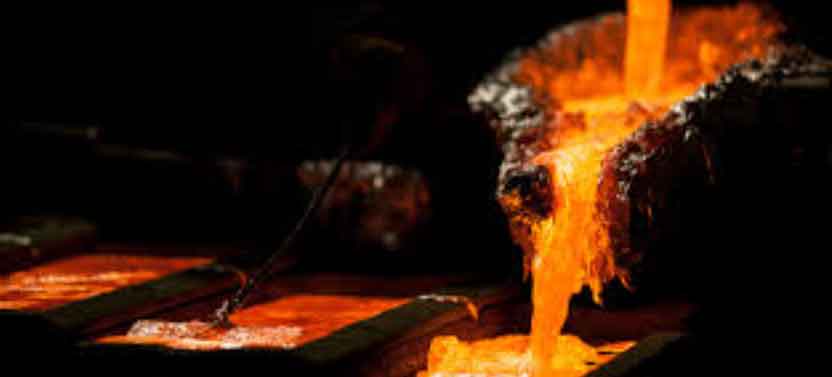
Innovation in sand casting has been shaping the future of this traditional manufacturing process, opening up new possibilities and improving efficiency. Several advancements have emerged to enhance the sand casting technique. Let’s explore some of the key innovations that are shaping the future of sand casting:
- Additive Manufacturing (3D Printing): Additive manufacturing, or 3D printing, has revolutionized the sand casting process. It enables the production of complex sand molds and cores directly from digital designs, eliminating the need for traditional pattern-making techniques. This approach reduces lead times, allows for rapid iteration in design, and enables the production of highly intricate and customized molds with improved accuracy and consistency.
- Digital Design and Simulation: Digital design tools and simulation software have advanced the sand casting process. Computer-aided design (CAD) software enables precise modeling and optimization of component designs, ensuring optimal performance and manufacturability. Casting simulation software allows for virtual testing and analysis of the casting process, predicting and optimizing parameters such as filling, solidification, and porosity. These digital tools help reduce costs, improve product quality, and accelerate time-to-market.
- Improved Sand Quality and Binders: The development of advanced sand materials and binders has enhanced the performance and sustainability of sand casting. New types of sand, such as synthetic sands and engineered sand blends, offer improved properties like better flowability, thermal stability, and dimensional accuracy. Sustainable binders, including organic and inorganic options, provide better sand cohesion and reduce emissions during casting, contributing to environmentally friendly manufacturing practices.
- Automation and Robotics: Automation and robotics are being integrated into sand casting processes to improve efficiency and consistency. Robotic systems can perform tasks like mold handling, pouring, and post-casting operations, reducing manual labor and enhancing productivity. Automation also ensures more consistent and repeatable processes, minimizing human error and improving overall casting quality.
- Advanced Casting Equipment: Innovative casting equipment and technologies are being developed to enhance the sand casting process. For example, automated pouring systems with precise control over the metal flow can ensure consistent and defect-free castings. Advanced mold handling systems improve efficiency and reduce cycle times. Additionally, new methods for mold compaction and sand compaction help achieve more uniform and dense molds, improving casting quality.
- In-situ Monitoring and Quality Control: Real-time monitoring and quality control systems are being integrated into sand casting operations. Sensors and cameras are used to monitor variables like temperature, pressure, and metal flow during casting. This data allows for immediate feedback and adjustments, ensuring consistent quality and detecting potential defects or issues early in the process. Advanced non-destructive testing techniques can also be applied to assess the integrity of castings without causing damage.
- Sustainable Practices and Environmental Considerations: The sand casting industry is increasingly focused on sustainability and reducing its environmental footprint. Efforts are being made to optimize energy usage, reduce emissions, and implement sand reclamation systems to minimize waste. The use of environmentally friendly binders and additives is also gaining traction. These sustainable practices align with the broader industry trends toward eco-friendly manufacturing.
These innovations in sand casting are reshaping the future of the manufacturing process, making it more efficient, sustainable, and capable of producing complex and high-quality components. With the integration of digital tools, automation, advanced materials, and quality control systems, sand casting is evolving to meet the demands of modern manufacturing, offering increased flexibility, accuracy, and productivity.
